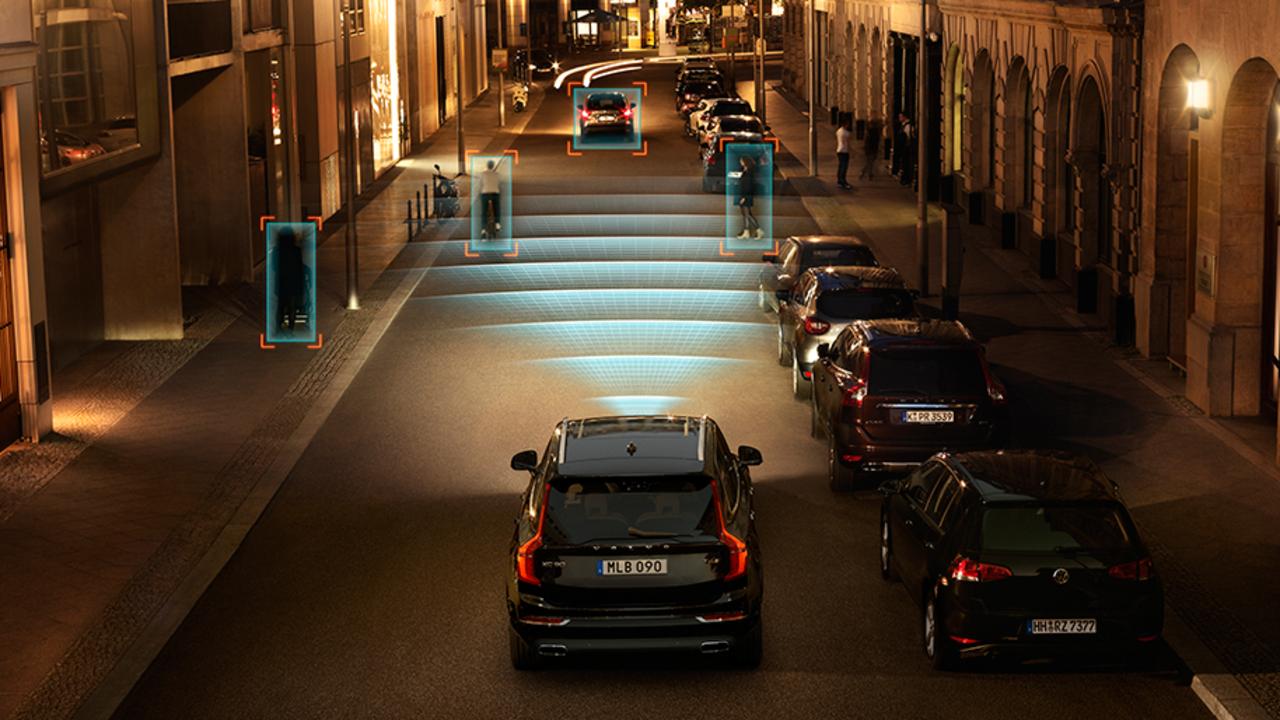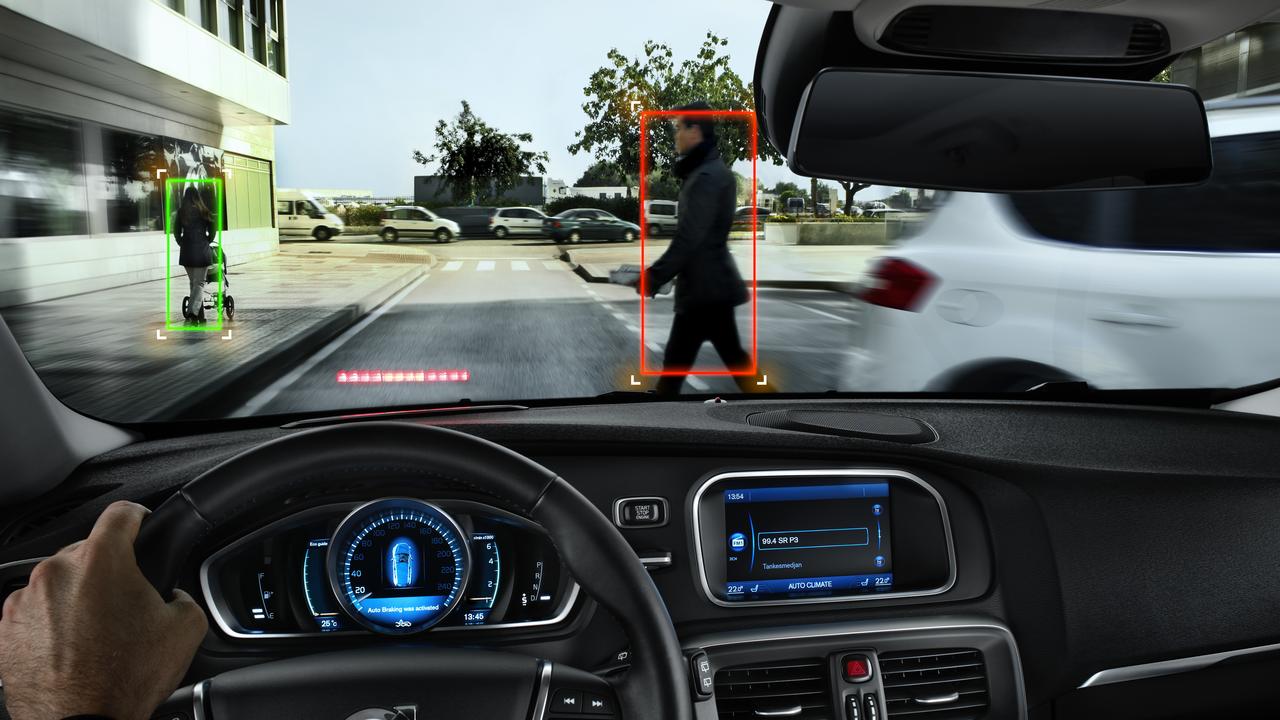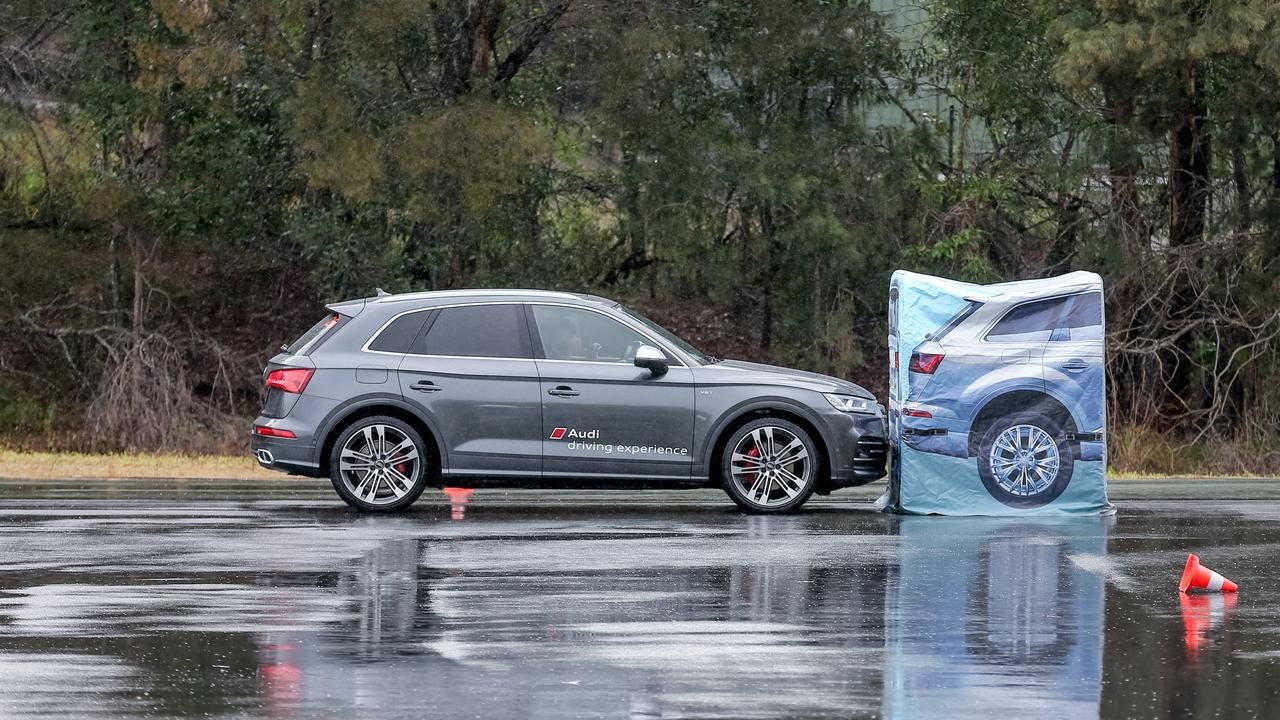Drivers warned not to trust new car tech
An independent test of driver assistance systems found disturbing weaknesses in the way the technology performed in some conditions.

Independent tests of modern safety features have found that new car technology may not be able to prevent collisions in wet weather.
Most new cars have auto emergency braking and forward collision warning features capable of recognising potential hazards and automatically applying the brakes to prevent a crash.
The technology uses cameras and radar to look for hazards such as stopped vehicles or pedestrians, and warn drivers of danger before braking.

The American Automobile Association examined auto emergency braking and other features such as lane keeping assistance, using water cannons to simulate inclement weather.
The association found that new cars travelling in wet weather at 35 mph (56km/h) failed to recognise stopped cars one third (33%) of the time, leading to collisions that should have been preventable.
Cars fared better at lower speed, with vehicles travelling at 25mph (40km/h) hitting the parked car 17 per cent of the time.
Testers found lane keeping assist failed nearly 70 per cent of the time.

Greg Brannon, director of automotive engineering and industry relations for the AAA, said the tests showed that modern technology is no substitute for driving appropriately in prevailing conditions and leaving a safe gap to the car in front.
The AAA spokesman also said car makers should make sure safety systems are effective in wet weather.
“Vehicle safety systems rely on sensors and cameras to see road markings, other cars, pedestrians and roadway obstacles. So naturally, they are more vulnerable to environmental factors like rain,” he said.
“The reality is people aren’t always driving around in perfect, sunny weather so we must expand testing and take into consideration things people actually contend with in their day-to-day driving.”



